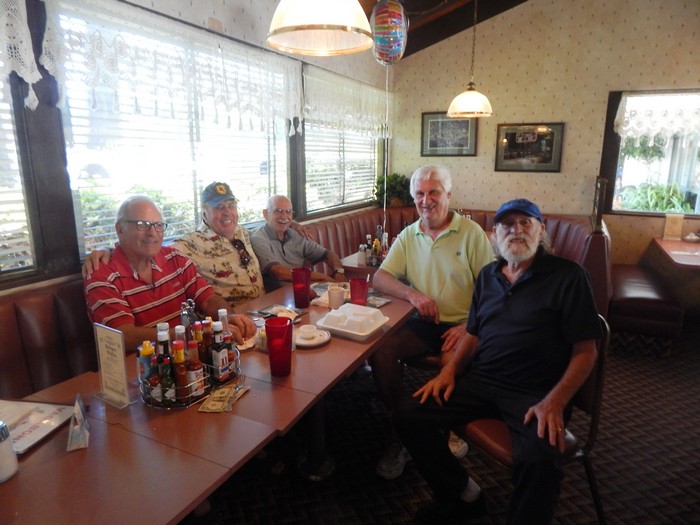 The County of Ventura Area Agency on Aging’s Health Insurance Counseling and Advocacy Program (HICAP) will be giving a series of Medicare presentations in October.
The County of Ventura Area Agency on Aging’s Health Insurance Counseling and Advocacy Program (HICAP) will be giving a series of Medicare presentations in October.
A few of the topics and One Stop Shops are:
Tuesday, October 6, at Ventura Avenue Adult Center, 550 North Ventura Ave., 12:15 pm to 1:15 pm.
Presentation Topic: “What are the 2016 Medicare Changes & What the Changes Mean to You?”
Wednesday, October 7, at Oxnard Wilson Senior Center, 350 North C St. 1:30 pm to 2:30 pm
Presentation Topic: “What are the 2016 Medicare Changes & What the Changes Mean to You?”
Thursday, October 8, at Moorpark Active Adult Center, 799 Moorpark Ave., 1:00 pm to 2:30 pm,
Presentation Topic: “What are the 2016 Medicare Changes & What the Changes Mean to You?”
Friday, October 16, 2015, Camarillo Health Care District 3639 E. Las Posas Rd. 1:30 pm to 3:00 pm,
Presentation Topic: “What are the 2016 Medicare Changes & What the Changes Mean to You?”
Friday, October 16, Ventura HICAP, One Stop Shop, 646 County Square Dr. Ventura, 9:00 am to 3:00 pm,
Open Enrollment: One on One counseling appointments, walk-ins and appointments available.
Monday, October 19, 2015, South Oxnard Senior Center, 200 East Bard Rd., Oxnard, Time: 10:00 am to 12:00 pm,
Open Enrollment: One on One counseling appointments, walk-ins and appointments available.
For further information and locations contact May Lee Berry, HICAP Outreach Coordinator 477-7320 or www.venturacounty.org/vcaaa






